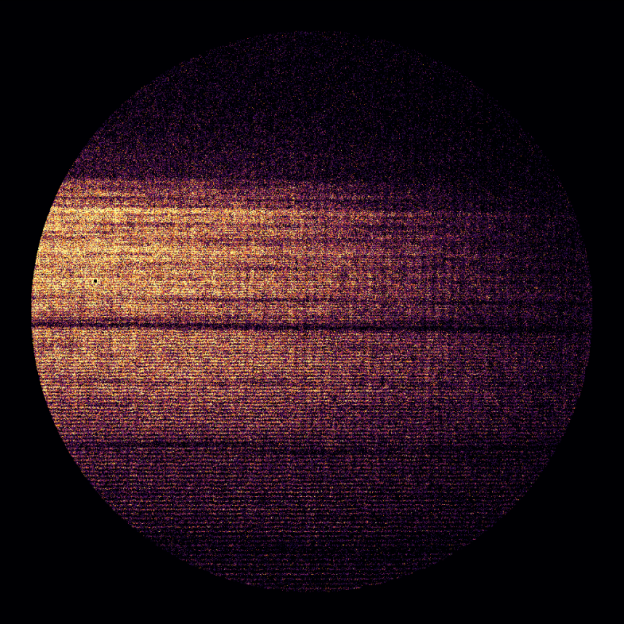Breadcrumb
- Home
- Research
Research
I have a lot of experience in astronomical hardware and observational analysis using data from the Hubble Space Telescope in the ultraviolet (UV). Here is an overview of my experiences and skills:
Analytical Modeling: Using analytic solutions to describe the physical properties of warm molecules in planet-forming disks, with the intention of exploring discrepancies in disk properties at different evolutionary stages of the disk. We used medium-resolution spectroscopy from the Hubble Space Telescope (instrument: COS) to compare with analytic emission line profiles observed from molecular hydrogen to determine how the gas disk changes as planet-forming disks age. Published paper is listed below.
Observational analysis: Using the same spectroscopic observations from HST/COS, I have also designed routines to analyze the absorption profiles of molecules against certain strong emission features that photo-excite disk molecules. I use the information obtained about the column density and temperatures of the warm molecule populations to infer the physical state of the planet-forming disks and estimate photo-evaporation rates, which provide important information about the timescales allowable for planet formation and evolution to occur.
Astronomical Instrumentation: I have been in charge of a far-ultraviolet (FUV) sounding rocket payload, the Colorado High-resolution Echelle Stellar Spectrograph (CHESS), since 2012. This has been my main thesis project and responsibility throughout my graduate school career. My duties have included:
– Designing a secondary optical system to track the stellar field during flight;
– Measuring the groove efficiency of gratings to be used in the instrument;
– Characterizing and modeling the behavior (order efficiencies, inter-order scatter, ghost characteristics) of echelle gratings from 90.0 – 170.0 nm;
– Modelling the scatter qualities of the entire CHESS instrument when exposed to strong geo-coronal emission lines (hydrogen 121.6 nm, oxygen 130.0 nm);
– Designing and modelling the alignment procedure for the instrument before exposure to FUV light

***Research at Caltech: I joined the Space Astrophysics Laboratory group at Caltech, working with Drs. Chris Marin and Erika Hamden, to partake in a variety of research experiments, including:
– Technology development of UV EM Charged-Couple Device (CCD) detectors, in conjunction with JPL, to increase efficiency and photon-counting capabilities for use in the next-generations of UV space missions. Such technology development is being demonstrated on a NUV suborbital balloon payload (FIREBall2).
– Spectrograph design and spectroscopy of ground-based integral field unit (IFU) spectrographs – the Cosmic Web Imager (CWI). Design for optical-red bandpass iterations of the instrument are ongoing and will provide vital information regarding the transport of baryons to galaxies in the early universe.
– Data analysis from a variety of missions and facilities, including ground-based observatories (Keck, Palomar using CWI), suborbital experiments (CUTE, FIREBall2), and space facilities (Hubble, Galex, etc). My science interests include planet, star, and galaxy formation by studying the gas dynamics and properties in these varieties of astrophysical settings. In star and planet formation, I study mainly the molecular (cool-warm) phases of gas and their roles on these processes. I’m also interested in studying the atmospheric composition of exoplanets to probe the abundances of various elements/molecules to link them back to their planet-forming environment. At the galactic/intergalactic scale, I study the cool (HI LyA), warm (CIV 1548), and hot (OVI 1032) phases of gas through different atomic and ionic emission/absorption signatures that may link the filaments of the cosmic web to baryonic mass transport to galaxies.